Jiuzhaigou Valley Scenic and Historic Interest Area
Jiuzhaigou: World Natural Heritage, National Key Scenic Spots, National AAAAA Class Tourist Scenic Spots, National Nature Reserves, National Geoparks, World Biosphere Reserve Network, is the first nature reserve in China with the main purpose of protecting natural scenery.
Jiuzhaigou is located in Jiuzhaigou County, Aba Tibetan and Qiang Autonomous Prefecture, Sichuan Province. It is situated in the transition zone from Qinghai-Tibet Plateau, West Sichuan Plateau and mountainous area to Sichuan Basin. It is more than 300 kilometers from Chengdu in the south. It is a valley with a depth of more than 50 kilometers, with a total area of 64,297 hectares and a forest coverage of over 80%. Nine Tibetan villages, such as Shuzheng Village, Lotus Leaf Village and Zechawa Village, are located in this alpine lake group.
Jiuzhaigou National Nature Reserve mainly protects rare animals such as giant pandas, golden monkeys and their natural ecological environment. There are 74 kinds of rare plants under state protection, 18 kinds of animals under state protection, and abundant fossils of Paleontology and glacial landforms.
"The return of the Jiuzhai does not look at the water" is a true interpretation of the scenery of Jiuzhaigou. Springs, waterfalls, rivers and beaches, 108 Haizi, constitute a colorful pool of jade. Changhai, Jian Yan, norgran, Shu Zheng, Zai Ru and Black Sea are the six major landscapes distributed in the form of "Y". Cui Hai, cascading waterfall, Choi Lam, snow peak, Tibet, and blue ice are called "six absolutely". The magic Jiuzhai is known as the "fairy tale world" by the world. It is known as "the king of waterscape".
Affected by the earthquake, Jiuzhaigou scenic spot stopped receiving tourists in August 9, 2017.
Since March 8, 2018, some scenic spots in Jiuzhaigou scenic area will be resumed. Jiuzhaigou Scenic Area is the open area along the gully to Changhai section of the landscape, the implementation of special bus guidance, team tours.
For thousands of years, Jiuzhaigou has been hidden in the mountains of Northwest Sichuan plateau, and human activities are negligible. Tibetan people in this area are almost isolated from the world and live in self-sufficient farming and pastoral life. Because of its high mountains and high roads, Jiuzhaigou has never been known.
In 1975, a working group of the State Ministry of Agriculture, Forestry and Fisheries carried out a comprehensive survey of Jiuzhaigou, and concluded that Jiuzhaigou not only contains rich and precious animal and plant resources, but also is a rare scenic spot in the world. In the same year, Professor Wu Zhonglun, a famous forest scientist, conducted a more comprehensive survey of Jiuzhaigou. "I have been to several countries in Europe and America, and I have never seen such beautiful natural scenery, so it must be well protected," he immediately informed the provincial Forestry Department and wrote to the Sichuan Provincial Government. Provincial Forestry Department immediately Wen Nanping County Forestry Bureau: "Jiuzhaigou Chawa, Rizegou 200 meters away can be cut down." This is the earliest measure for the forestry department to protect Jiuzhaigou.
In 1977, the Sichuan Rare Animal Resources Survey Team wrote the "Sichuan Rare Animal Resources Survey Report" and proposed to expand the Baihe Nature Reserve in Nanping County to Jiuzhaigou area.
In August 1978, the Chengdu Institute of Biology of the Chinese Academy of Sciences put forward the necessity of establishing a nature reserve in Jiuzhaigou, which attracted the attention of Sichuan Provincial Committee. In November 30th, the authorities ordered that timber be cut in Jiuzhaigou. On December 15, 1978, the State Council approved the State Forestry Administration's "Report on Strengthening the Protection and Domestication of Pandas" and the establishment of the Jiuzhaigou Nature Reserve Management Institute in Nanping County in document No. 256 issued by the State Council (1978). Jiuzhaigou was designated as a natural scenery reserve with an area of 620 square kilometers, as stipulated in document No. 34 issued by the State Council in 1978.
In 1979, two forest farms stationed in Jiuzhaigou moved out. In the same year, the Jiuzhaigou Nature Reserve Management Institute of Nanping County, Sichuan Province, was established in accordance with the spirit of the Sichuan Revolutionary Committee's "Notice on Strengthening the Construction of Nature Reserves" (Chuan Gefa 36).
In 1982, State Development (1982) No. 136 approved the approval of the first batch of national key scenic spots, such as urban and rural construction environment departments, notice of the invitation, Nanping Jiuzhaigou as a scenic spot.
In 1983, "Jiuzhaigou Nature Reserve Management Institute of Nanping County, Sichuan Province" was renamed "Jiuzhaigou Nature Reserve Management Office of Nanping County, Sichuan Province". In the same year, the provincial government, in document No. 168 of Chuanfufa (1983), determined that the natural protection and scenic spots of Jiuzhaigou were under the unified management of the "Jiuzhaigou Nature Reserve Management Office of Nanping, Sichuan Province", and that the management department was at the district level and under the direct leadership of Nanping County.
In 1984, the State Council designated Jiuzhaigou as the first batch of national key scenic spots in document No. 136 issued by the State Council (1984). Accordingly, the administration of Jiuzhaigou scenic spots in Nanping County was established, and Jiuzhaigou was officially opened to the outside world.
In 1985, the Jiuzhaigou tourism company was set up to conduct unified management of tourism activities.
On January 20, 1987, the Ministry of Urban and Rural Construction and Protection of the People's Republic of China (87) 24 approved the overall planning of Jiuzhaigou. The scope of scenic spots is 720 square kilometers, and the peripheral protection zone is 600 square kilometers. The construction of Jiuzhaigou has been on the right track since then.
In 1989, Jiuzhaigou Town was established, forming a management office, management bureau, town government three brands, a set of teams to manage Jiuzhaigou. In April 20th of the same year, the Jiuzhaigou Scenic Area Administration joined the Chinese Scenic Area Association.
On December 14, 1992, Jiuzhaigou was approved by the UNESCO World Heritage Committee at its sixteenth session to be included in the World Natural Heritage List, thus becoming a natural heritage site with world significance and prominent value that requires the world to share the responsibility of protection.
In 1993, a management system of two brands and a team was formed.
In July 1994, the Ministry of Forestry confirmed Jiuzhaigou as a National Nature Reserve in document No. 174 of Lin Xin Hu Zi (1994), aiming at protecting rare animals such as giant pandas, golden monkeys and their natural ecological environment.
On September 14, 1995, Jiuzhaigou joined the China-Biosphere Conservation Area Network and was listed in the World Man-Biosphere Conservation Area Recommendation List.
On October 29, 1997, Jiuzhaigou joined the World Network of Biosphere Reserves as part of the UNESCO Global Science Program on the Relationship between Man and the Environment.
On May 26, 1998, UNESCO and the Chinese Academy of Sciences issued a certificate of "World Biosphere Reserve" for Jiuzhaigou Nature Reserve. In November 7th of the same year, the Jiuzhaigou Management Committee, which was dominated by state and county leaders, was established.
In March 2000, according to the requirements of No. 131 of the State Forestry Administration, the "Jiuzhaigou National Nature Reserve Management Office" was renamed "Jiuzhaigou National Nature Reserve Management Bureau". In October of the same year, it was upgraded to a county-level institution directly under the state government and implemented the management system of "state-based, State-County co-management".
In February 12, 2001, Jiuzhaigou was initially certified by "green globe'21". The Asia headquarters of the Green Global Organization is located in Australia. It enrolls tourism destinations and enterprises with outstanding achievements in environmental protection and ecotourism into the organization. It is recommended to tourists all over the world as the best tourism destination and best tourism enterprise. In June 20, 2002, the expert group conducted a formal review of Jiuzhaigou.
On August 8, 2017, a magnitude 7.0 earthquake occurred in Jiuzhaigou County, Aba Prefecture, northern Sichuan Province at 21:19:46. The epicenter was located in Bimang village, 5 km west of Jiuzhaigou core scenic spot.
Since March 8, 2018, some scenic spots in Jiuzhaigou scenic area will be resumed. Jiuzhaigou Scenic Area is the open area along the gully to Changhai section of the landscape, the implementation of special bus guidance, team tours.
Landforms
Jiuzhaigou Nature Reserve is located in the South with high topography and low topography, deep valleys and wide height difference. Jiuzhaigoukou is only 2000 meters above sea level in the north margin of the area, the peak and ridge in the middle are all over 4000 meters, the southern margin is more than 4500 meters, and the main gully is more than 30 kilometers long. The peaks and the peaks on both sides are basically covered with snow all the year round. Jiuzhaigou is situated in the transitional zone from Qinghai-Tibet Plateau to Sichuan Basin. Its geological setting is complex, carbonate is widely distributed, folds and faults are developed, neotectonic movement is strong, crustal uplift is large, and many kinds of forces are interlaced and combined. It has created a variety of landforms, developed large-scale karst calcareous deposits, and plant karst. Travertine deposits dominate the formation of beautiful and elegant Jiuzhaigou lakes, rushing streams, beads splashing jade waterfalls, ancient and deep forests, rolling snow peaks.
climate
Jiuzhaigou, about 3000 meters above sea level, is a plateau humid climate. The spring temperature in Jiuzhaigou varies greatly, with the average temperature between 9 and 18 degrees Celsius, frozen soil and residual snow before April, and the summer temperature in Jiuzhaigou rises quickly and stably. The average temperature is 19-22 C, the night is cooler suitable for thin sweater; the autumn high climate is pleasant, the temperature is mostly in 7-18 C, day-night temperature difference is larger, especially in late autumn after October. In late October, there was frozen soil. It was colder in winter and more than 0 degrees Celsius. Nogiran in the heartland is 7.3 years old. Rainfall in Jiuzhaigou is low (annual rainfall is less than 600mm), and 7-8 months are typical rainy seasons.
hydrology
There are 108 alpine lakes in Jiuzhaigou Nature Reserve. Most of them are distributed in groups, with different sizes, small half Mu and large over 1000 mu. There are so many alpine lakes in one ditch, which can not be found anywhere in the whole country or the whole world. Jiuzhaigou has many Tianchi, the largest of which is 7 kilometers long. The Tianchi is surrounded by lush virgin forests. There are 17 large waterfalls in Jiuzhaigou, Jiuzhaigou Nuolang waterfall. The largest lake in the reserve is long Haizi, which reaches 7 kilometers to the south.
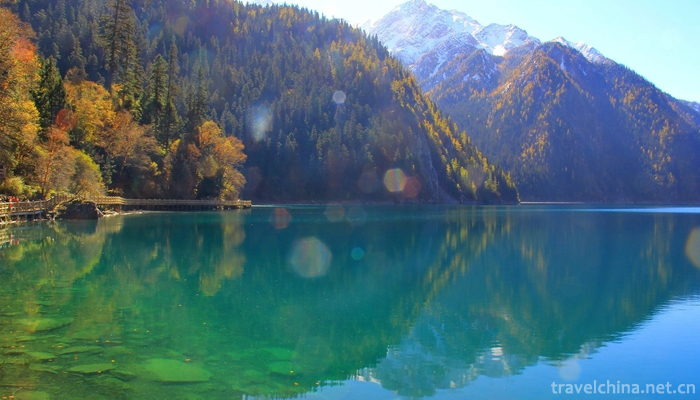
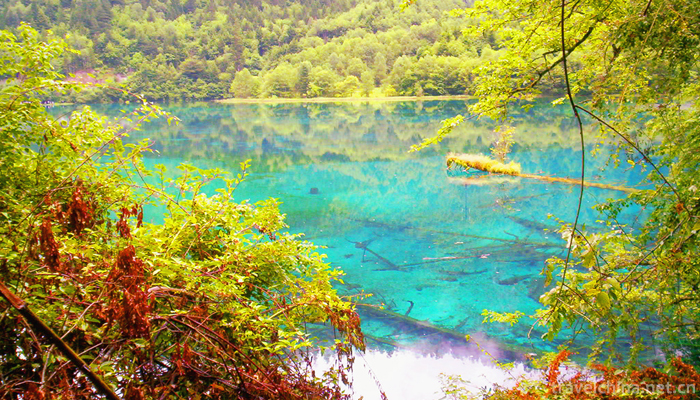
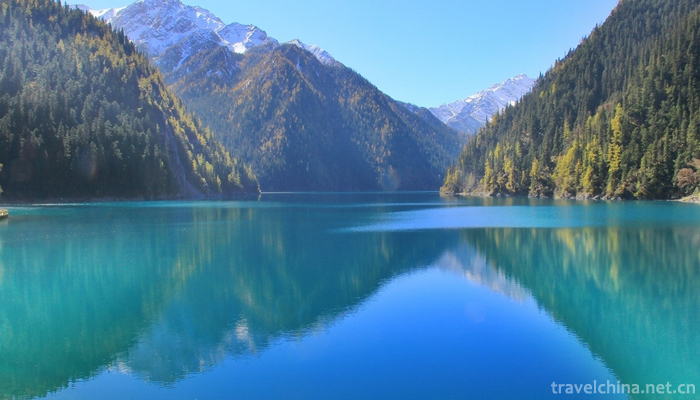
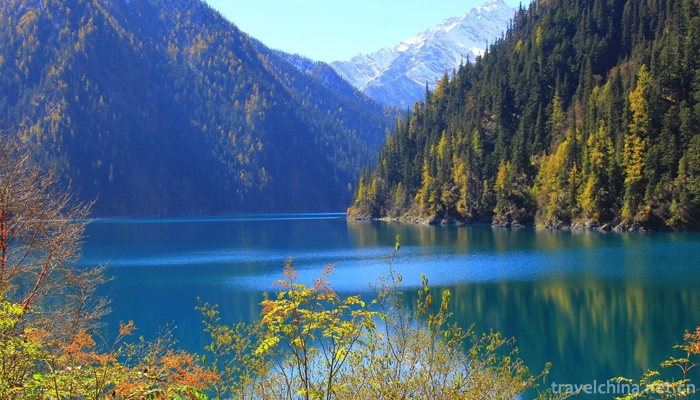
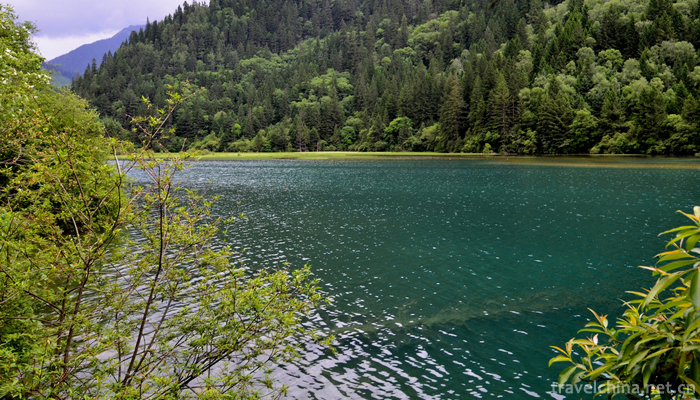
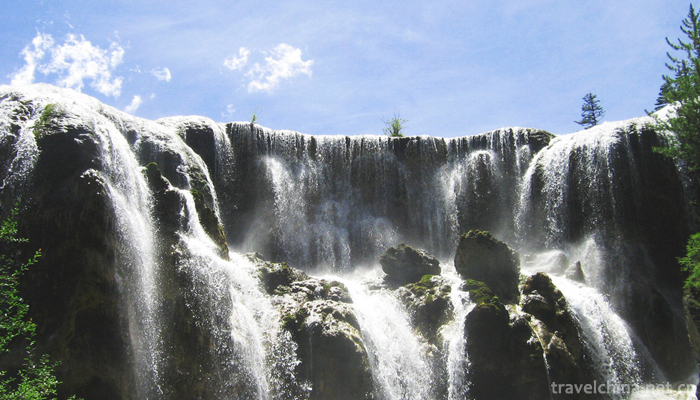
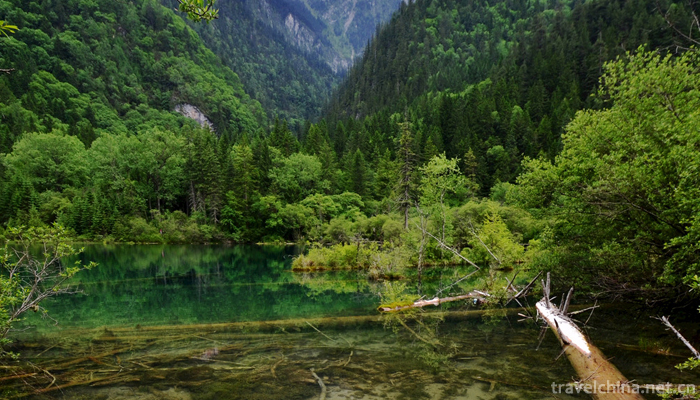
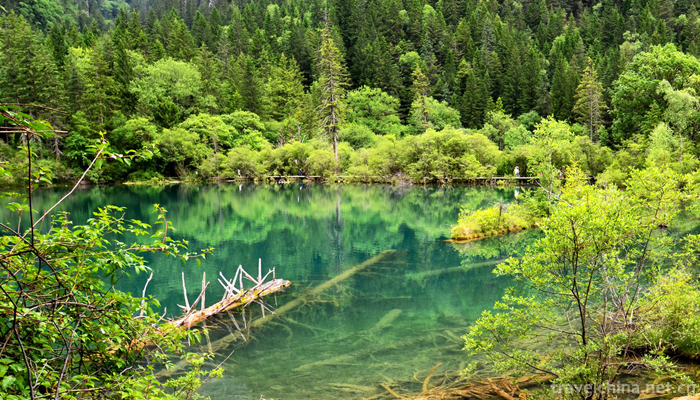
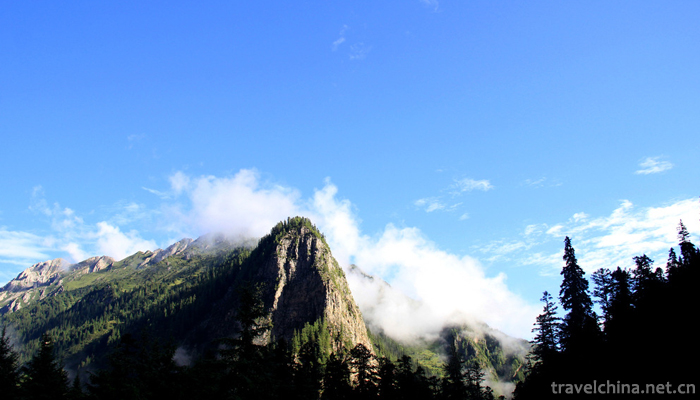
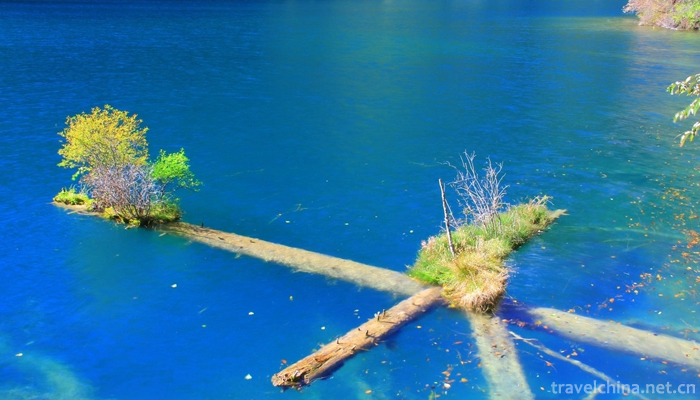
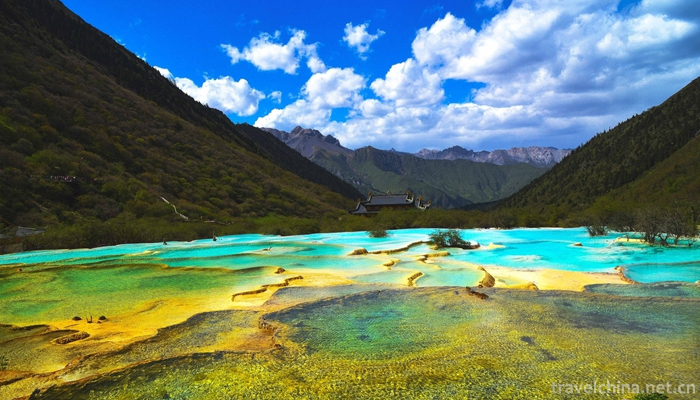
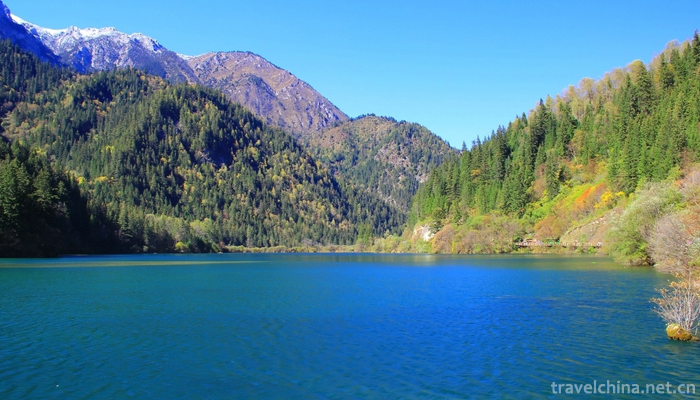
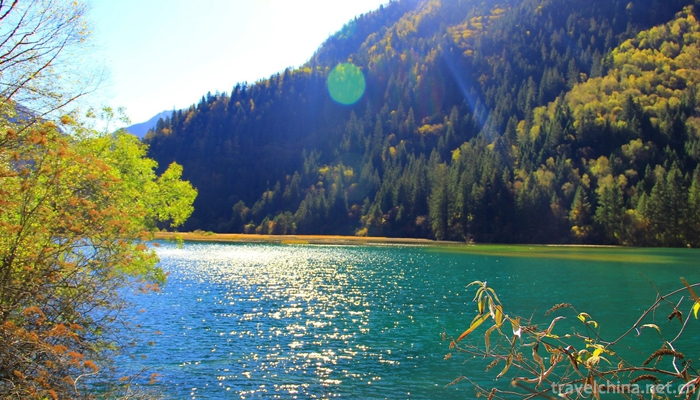
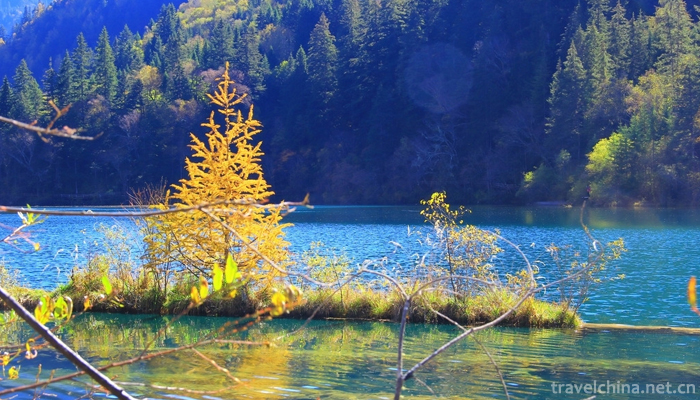
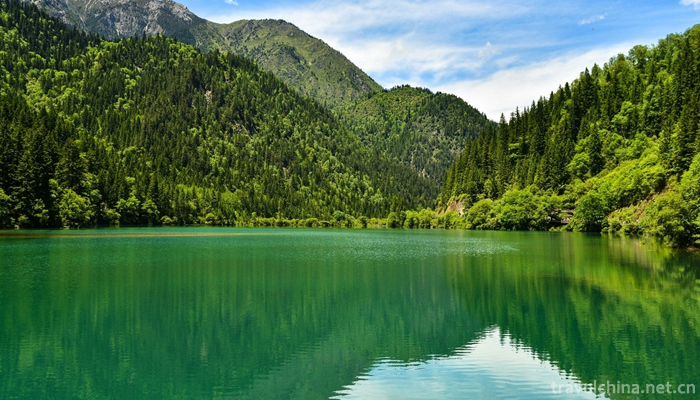
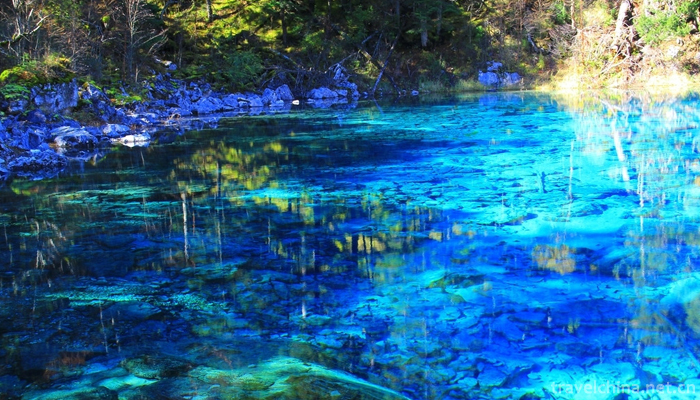

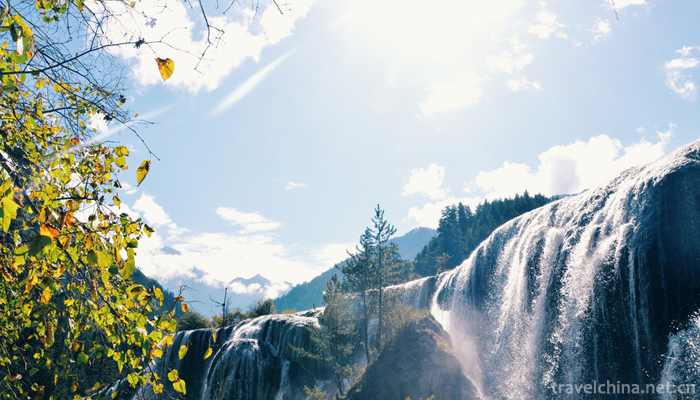
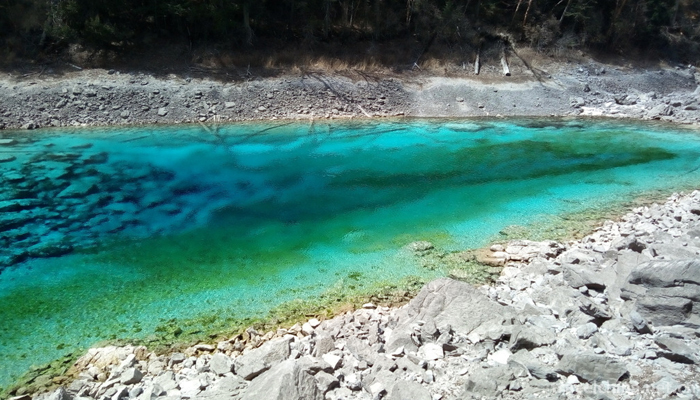
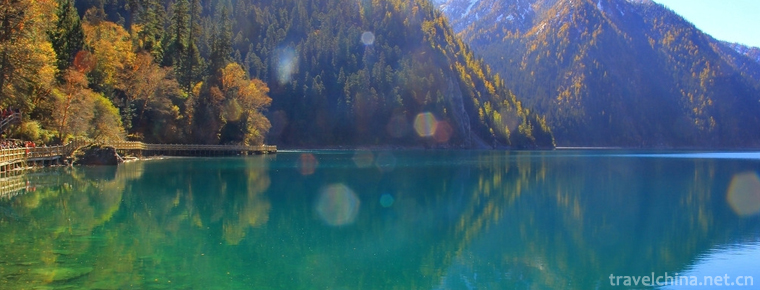
-
1.Beef noodle
Beef noodle is a common pasta. It is also a traditional food in Lanzhou
Time 2018-10-12 -
2.sate noodles
The only disciple chef Wang Daquan who teaches Shacha Noodle recipe by the master of Southern Fujian cuisine Yang Jibo inherits the tradition and makes it flourish. The main ingredients of Shacha sauc
Time 2018-11-02 -
3.Grand hyatt Chengdu
Chengdu Grand Hyatt Hotel is located on Chunxi Road, a famous commercial street with a history of more than 100 years. The hotel is adjacent to the fashionable
Time 2018-12-16 -
4.Shangrao Lingshan Scenic Area
Shangraolingshan Scenic Area, located in the north of Shangrao County, Shangrao City, Jiangxi Province, is a national scenic spot with an area of 160 square kilometers. Lingshan is listed as the "
Time 2018-12-19 -
5.Beijing Wildlife Park
Beijing Daxing Wildlife Park is located in the 10,000 Mu forest of Yuyuan Town, Daxing District. It is a large natural ecological park with animal protection, wildlife domestication and breeding and p
Time 2018-12-26 -
6.Shanghai Opera
Shanghai Opera, a local traditional drama in Shanghai, is one of the national intangible cultural heritage.
Time 2019-05-03 -
7.Dragon Boat rap
Dragon boat rap, also known as "Dragon Boat", "Dragon Boat Song", "Dragon Island Song" or "Shunde Dragon Boat", is a popular form of folk art in the Pearl River
Time 2019-05-14 -
8.Wood Watermarking Techniques
Wooden watermarking is mainly made by such basic technological procedures as hook (sub-plate), engraving (plate-making), printing (printing) and special techniques as engraving, picking and dusting.
Time 2019-06-06 -
9.Shaolin Kung Fu
Shaolin Kungfu, also known as Shaolin Wushu, is one of the famous schools of Wushu in China. It has a long history and profound influence. It is an important part of Chinese traditional Wushu. The mos
Time 2019-06-14 -
10.Zuoquan Xiaohua Opera
Zuoquan Xiaohua Opera is a kind of Han folk song and dance drama which originated in Zuoquan County of Shanxi Province and spread in Yushe and Heshun areas near Zuoquan County. Its style is: one step
Time 2019-08-16 -
11.Beijing Jiaotong University
Beijing Jiaotong University is a national key university directly under the Ministry of Education, jointly constructed by the Ministry of Education, the Ministry of Transport, the Beijing Municipal Pe
Time 2019-09-06 -
12.History of Nanchong
In the Northern Song Dynasty (960-1127), there were three states in the territory, which governed 13 counties, such as Nanchong (prefecture), Xichong and Xiangru, which were subordinate to Chengdu Fulu.
Time 2020-12-17